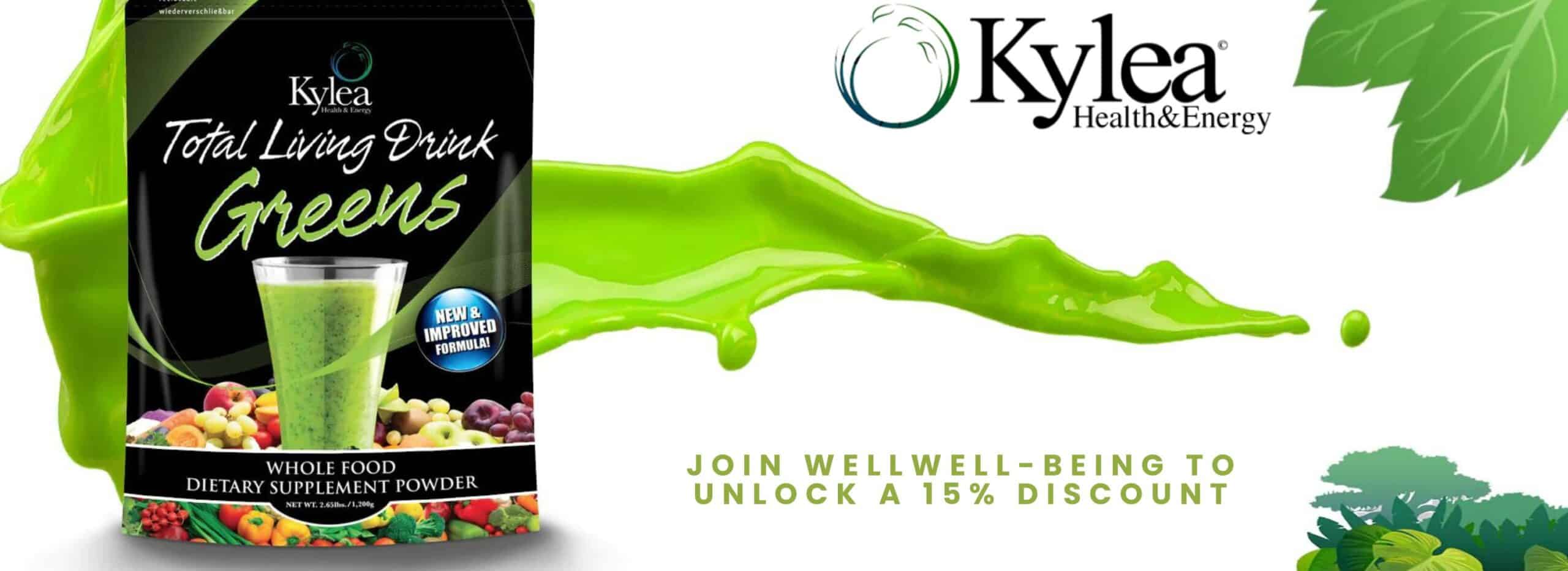By John Salak–
Summer is in full swing, which usually means getting lots of outside time at the beach, playing golf, going hiking or having a cookout. Outside time is obviously enticing when the weather is warm and the sun is bright. All this is great, but it is important to remember the dangers the sun presents and understand how to deal with them.
The sun, a giant ball of hot plasma floating in the sky, omits ultraviolet or UV rays that penetrate the human skin. Too much exposure to the sun causes inflammation of the skin. In other words, a sunburn. It is an all too common experience as one in three Americans will get burnt every year, according to the U.S. Department of Health and Human Services.
Not all sunburns are equal. Their intensity will vary depending on the strength of the UV rays, the length of time a person is exposed and the amount of protective skin pigment or melanin a person has.
A typical sunburn is a first-degree burn only affecting the outer skin layer. This results in the skin changing to a pink or red color, while also becoming hot and tender. A second-degree burn is also possible and more severe. It affects both the outer layer of skin and the dermis, which is the layer of skin below the surface. This burn results in blistering, fever, chills, swelling and discoloration. A third-degree burn is rare but is possible. This type of burn causes nerve damage. Getting a severe second or third-degree burn might even require medical attention.
Burns aren’t the only negative outcome of overexposure. Repeated sunburns and too much exposure can lead to skin cancer. The most effective weapon against a sunburn is prevention. The Centers for Disease Control and Prevention recommends wearing sunscreen with an SPF higher than 15, rubbing sunscreen to all exposed skin, and applying sunscreen every two hours. Wearing clothing like a long-sleeved shirt, a hat and sunglasses will prevent sunburn. In addition, staying in the shade and limiting the time of sun exposure will reduce the risk of sunburn.
Unfortunately, not everyone takes the necessary precautions. Sometimes, the exposure risk isn’t apparent, letting the sun effectively fry someone. Regardless of why a burn occurs, all this begs the question: what should the burnt do?
If a sunburn does occur, one of the most popular remedies for a sunburn is aloe vera. The gel inside the aloe vera plant is filled with antioxidants and Vitamins A, C and E that can help soothe and repair the skin. Those sensitive to aloe vera can buy fragrance-free lotion or use the gel directly from the plant. Of note, aloe vera can create an allergic reaction for some that actually only irritates the skin further.
An alternative to aloe vera, moisturizer and hydrocortisone creams can also help ease the burn pain.
Another easing option is water—swallowing some. It can play a key role in sunburn recovery because burns cause dehydration from the reduction of moisture in the skin. Drinking extra water will help rehydrate the skin.
Cool water compresses on the affected area or taking a cool water bath is another way to easy the burn. But it is important to avoid soaps during these options as it will cause further dryness and or irritation.
Nontraditional sunburn remedies are also possible. These include using a few tablespoons of baking soda and a couple of cups of oats in the cool water bath. This approach is designed to rejuvenate and soothe the skin. Adding vinegar to a bath is another option. However, some say this can lead to further irritation due to the high acidity in vinegar.
Those looking for a totally unique approach might want to brew up some chamomile tea. But don’t drink it. Let it cool, dip it in a washcloth and apply the tea to the skin. This will give a soothing sensation to the burn, while also helping reduce inflammation. One caveat: those allergic to pollen may want to avoid the tea smear. It can cause an allergic reaction.













